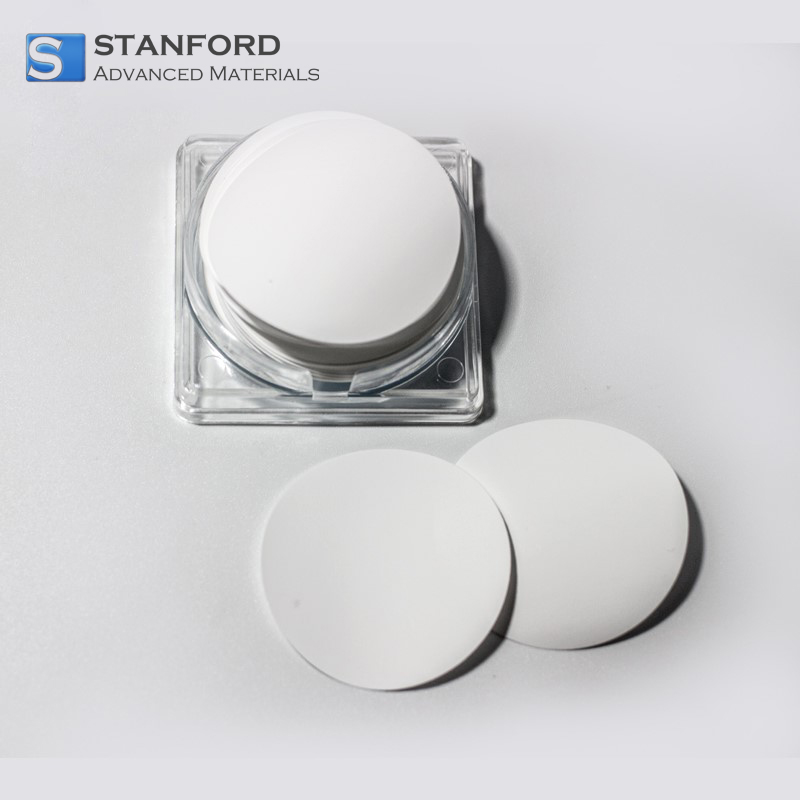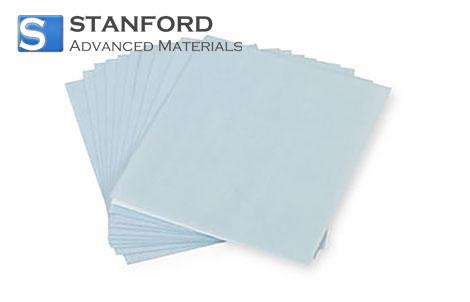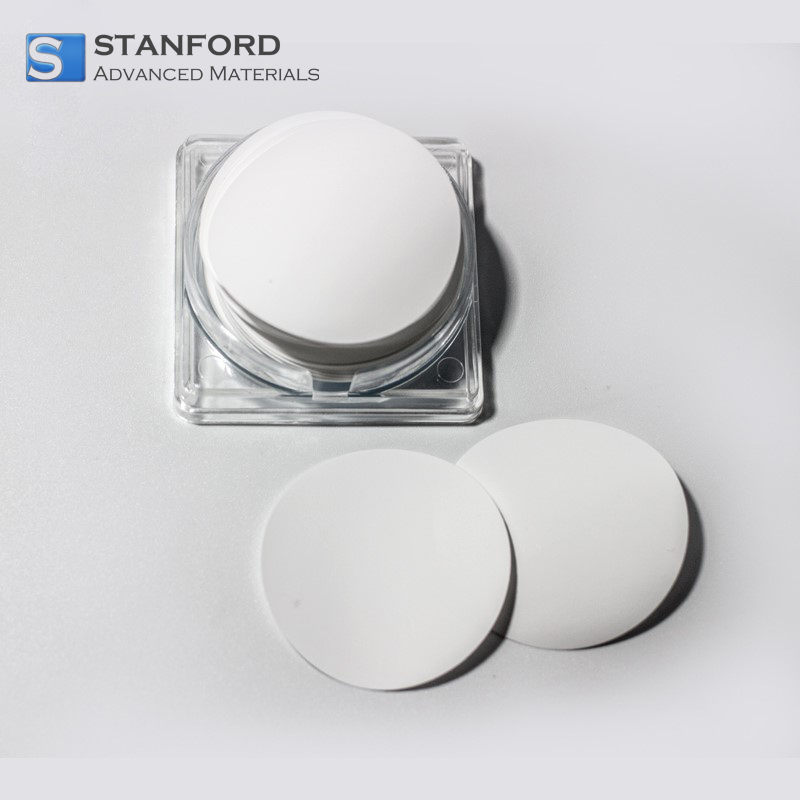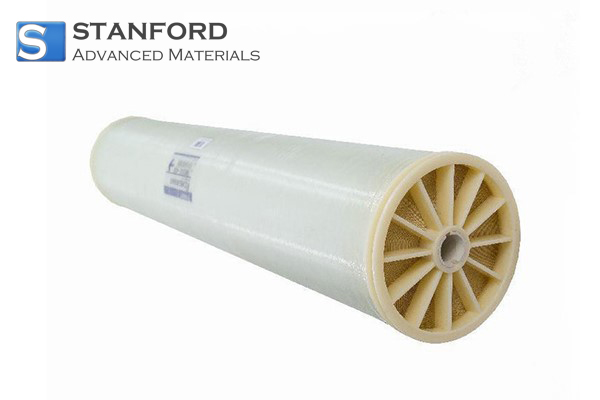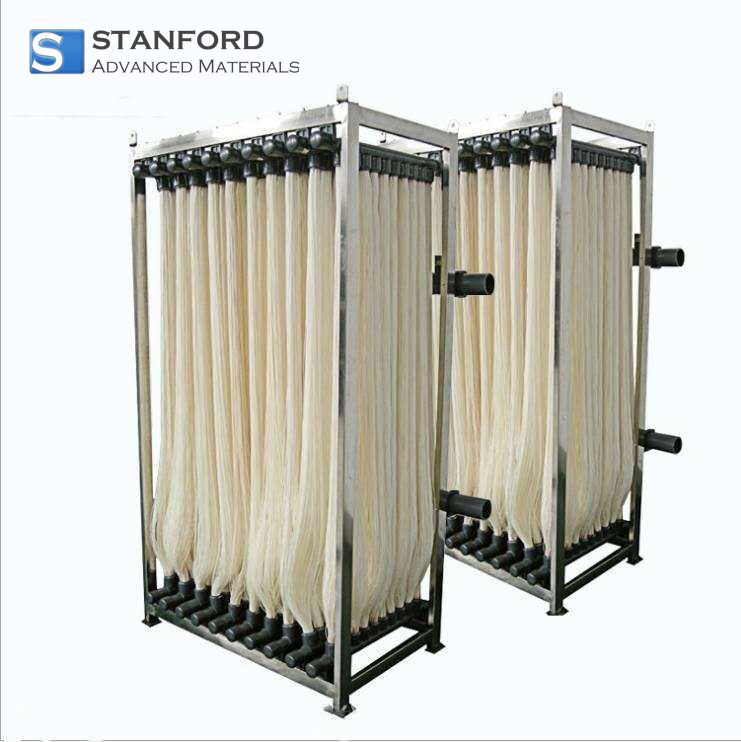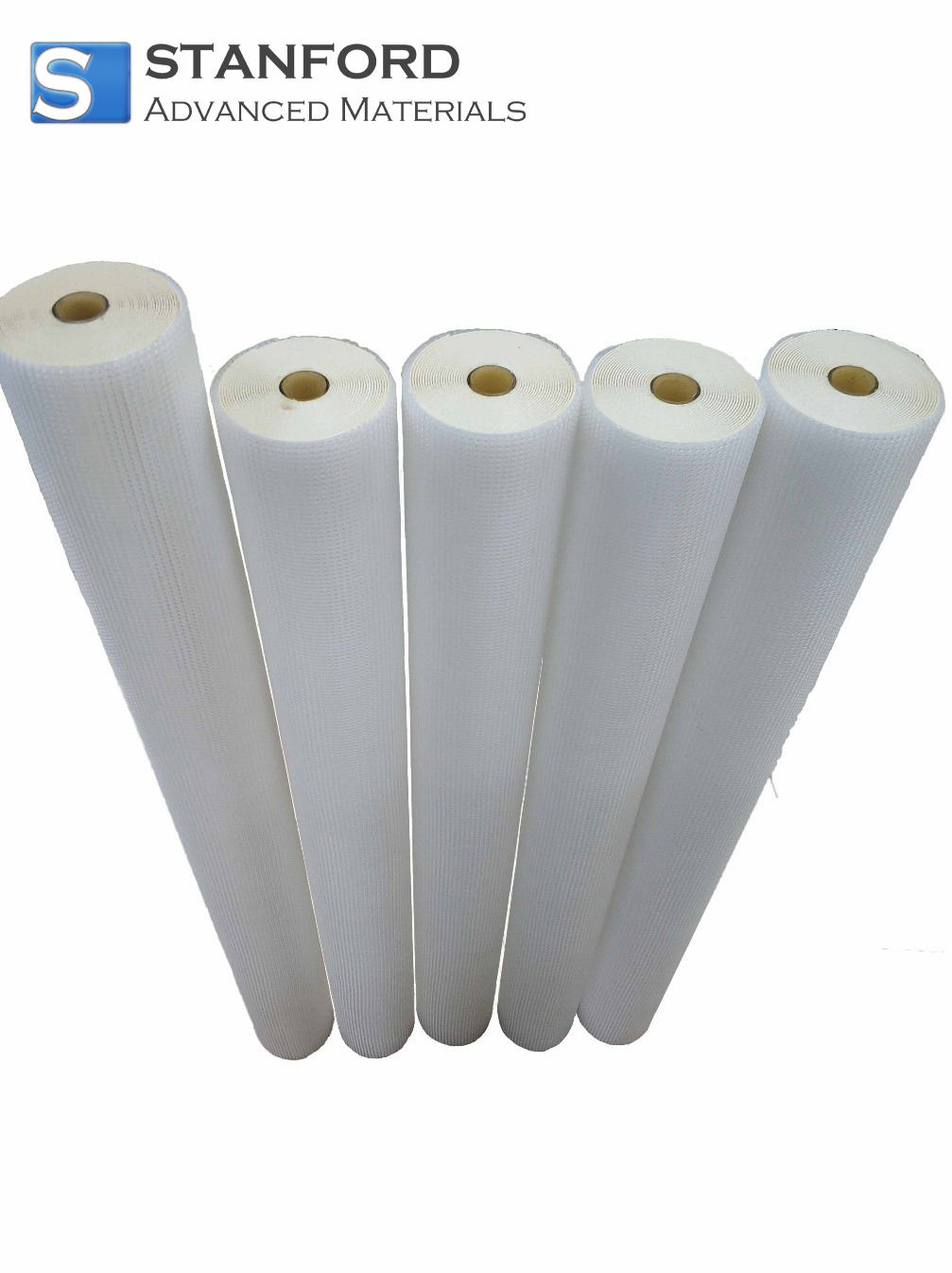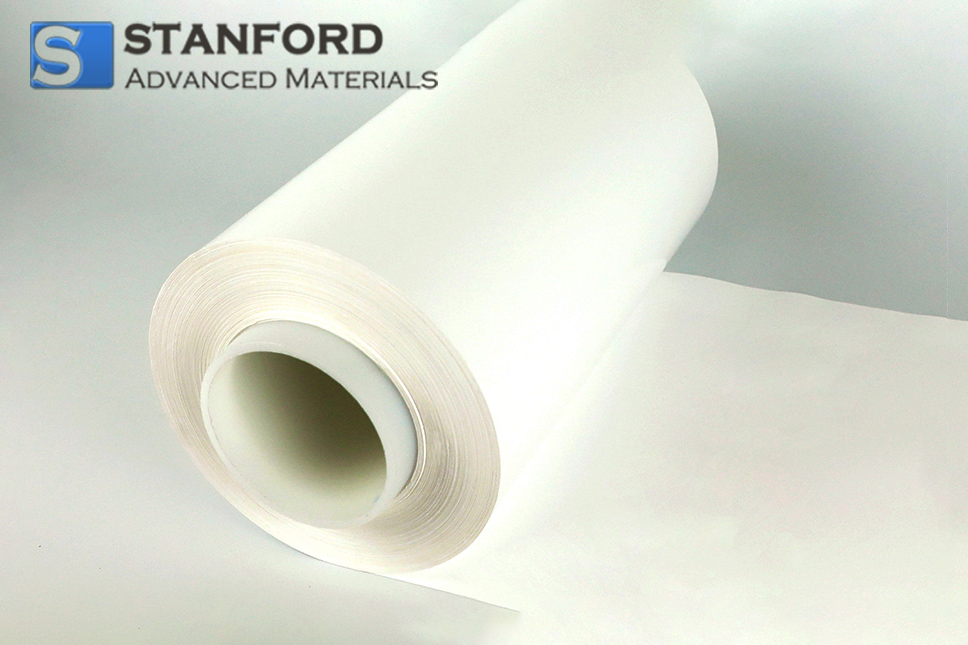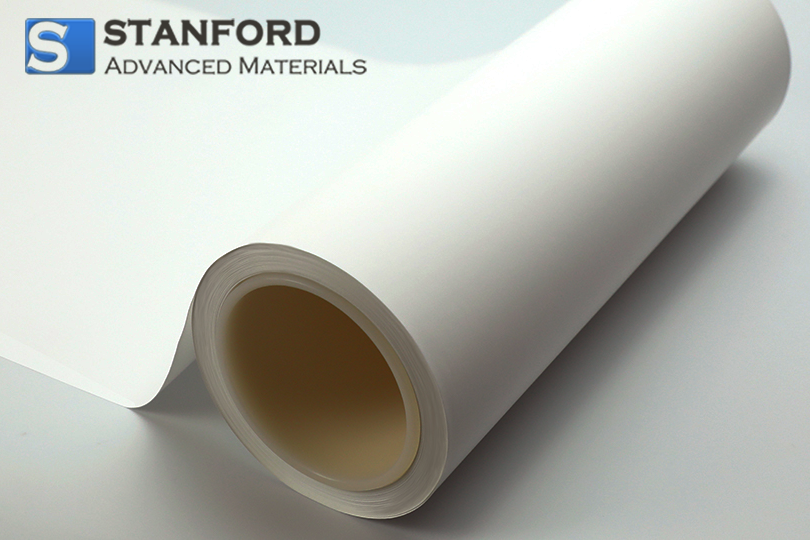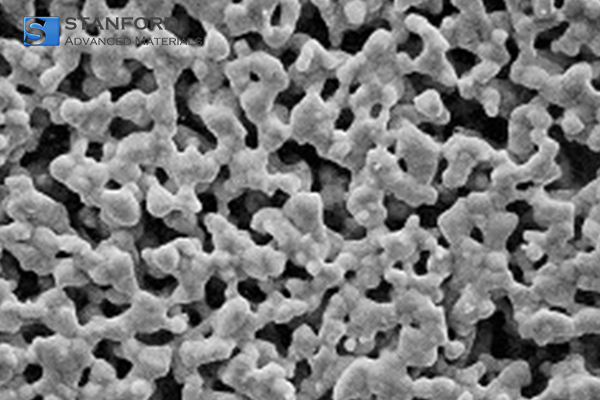- Products
- Categories
- Blog
- Podcast
- Application
- Document
MB4029 Cellulose Acetate
| Catalog No. | MB4029 |
| Thickness | 110±20μm |
| Max. Temperature | 180℃ |
| Color | white |
| Pore Diameter | 0.2, 0.45, 0.8, 3 |
Cellulose Acetate is characterized by low net charge and high strength. Stanford Advanced Materials (SAM) has rich experience in manufacturing and supplying high-quality Cellulose Acetate.
Related products: Nitrocellulose Membrane, MCE Membrane, Reverse Osmosis Membrane, MBR Membrane
INQUIRY
Add to Inquiry List
Description
Specification
LATEST RECOMMENDED
GET A QUOTE
Send us an Inquiry now to find out more Information and the latest prices,thanks!

